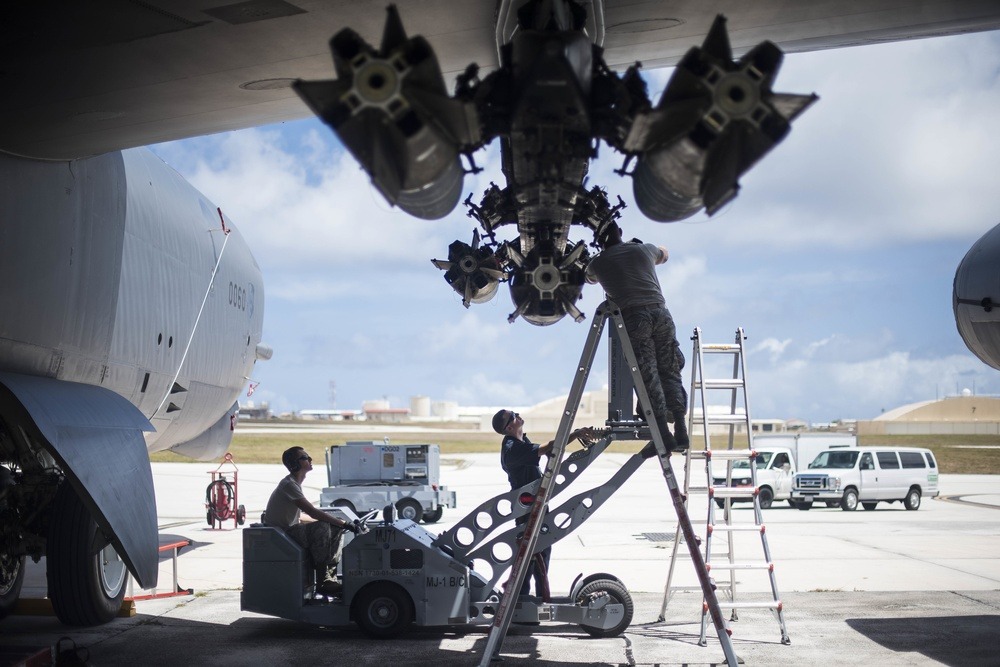
*****
By Richard R. Burgess, Senior Editor
WASHINGTON — The United States needs a more capable and expanded offensive sea mine capability in order to deter China and defend Taiwan, said a retired former admiral who served as vice chairman of the Joint Chiefs of Staff.
“Mine warfare is going to be very important in a future conflict, especially if we can do it quickly after the start of the fight,” said retired Adm. James A. Winnefeld Jr., a former naval aviator, speaking Dec. 7 on a panel at the Defense Forum Washington of the U.S. Naval Institute and sponsored by Lockheed Martin and HII.
“Mine warfare has a key role to play — if you think of the Chinese military as a center of gravity — but also has a key role to play if you think of the Chinese leadership as a center of gravity — by shutting down all of their ports fairly quickly,” Winnefeld said. “You can do that to counter a military … but also in legal terms understand that commerce can be a collateral damage associated with that.
“Frankly, we’re just not there,” the admiral said. “We are terribly short in numbers and technology of those systems. “There are some actions we can take—very quickly—at least partially rectify that. There are some technical actions we can take in the mid-term that would make it even better, but unless we focus on that, we will not be where we need to be.
Winnefeld pointed out that there is no community of offensive mine warfare officers in the Navy, and no champion of offensive mine warfare among flag officers, and he attributed that shortcoming as a reason for a lack of program support for offensive mine warfare. He noted that mine warfare and counter-mine warfare are “dramatically different from each other, and we need to have that community of offensive mine warfare.”
He referred to the occasions when U.S. ships were sunk or damaged by enemy mines in various conflicts and that the United States aircraft and submarines used offensive mining with great success against Japanese shipping and ports during World War II.
The principal U.S. mine is the Quickstrike, a conventional 500- or 1,000-pound bomb with a fuse and a Joint Direct Attack munition kit for precision guidance. It can be fitted with a wing kit that allows deployment at a standoff range of about 35 miles away from the aimpoint.
Because only a few aircraft types can deliver those mines close to China and survive the mission, Winnefeld recommends a small propulsion engine such as a rocket motor be attached to the mines to allow the mines to be launched from a longer distance and in larger quantities.
“You could shut down every single Chinese port almost overnight if you did that,” Winnefeld said. “That’s powerful. That will strike fear into their hearts.”
Speaking later in the forum was Rep. Rob Wittman, R-Virginia, who said that offensive mine warfare “was a great capability that we have undersold through the years. If you look at our adversaries, they have very advanced mining technology.”
Wittman pointed out that mines are inexpensive and can be deployed with latency and activated when desired. They can be replenished relatively quickly. When combined with a more robust sensor networks, “we can have a tremendous deterrent effect at a very low cost per weapon.”
- Navy Establishes Unmanned Surface Vessel Squadron Three - May 17, 2024
- USS Leyte Gulf Returns From Final Deployment - May 17, 2024
- WASP ARG AND 24TH MEU COMPLETE JOINT FORCE’S MOST COMPLEX TRAINING - May 17, 2024



